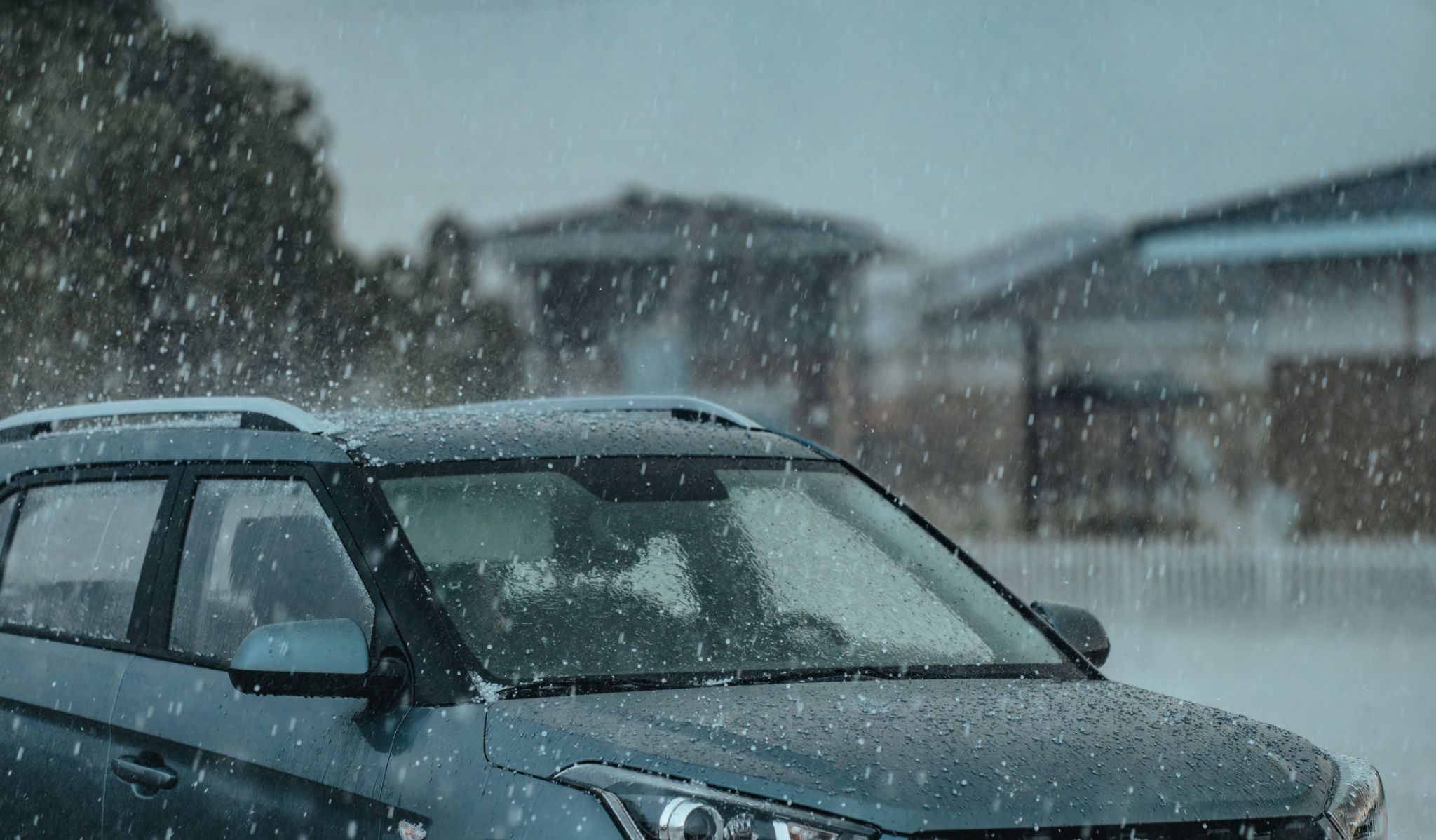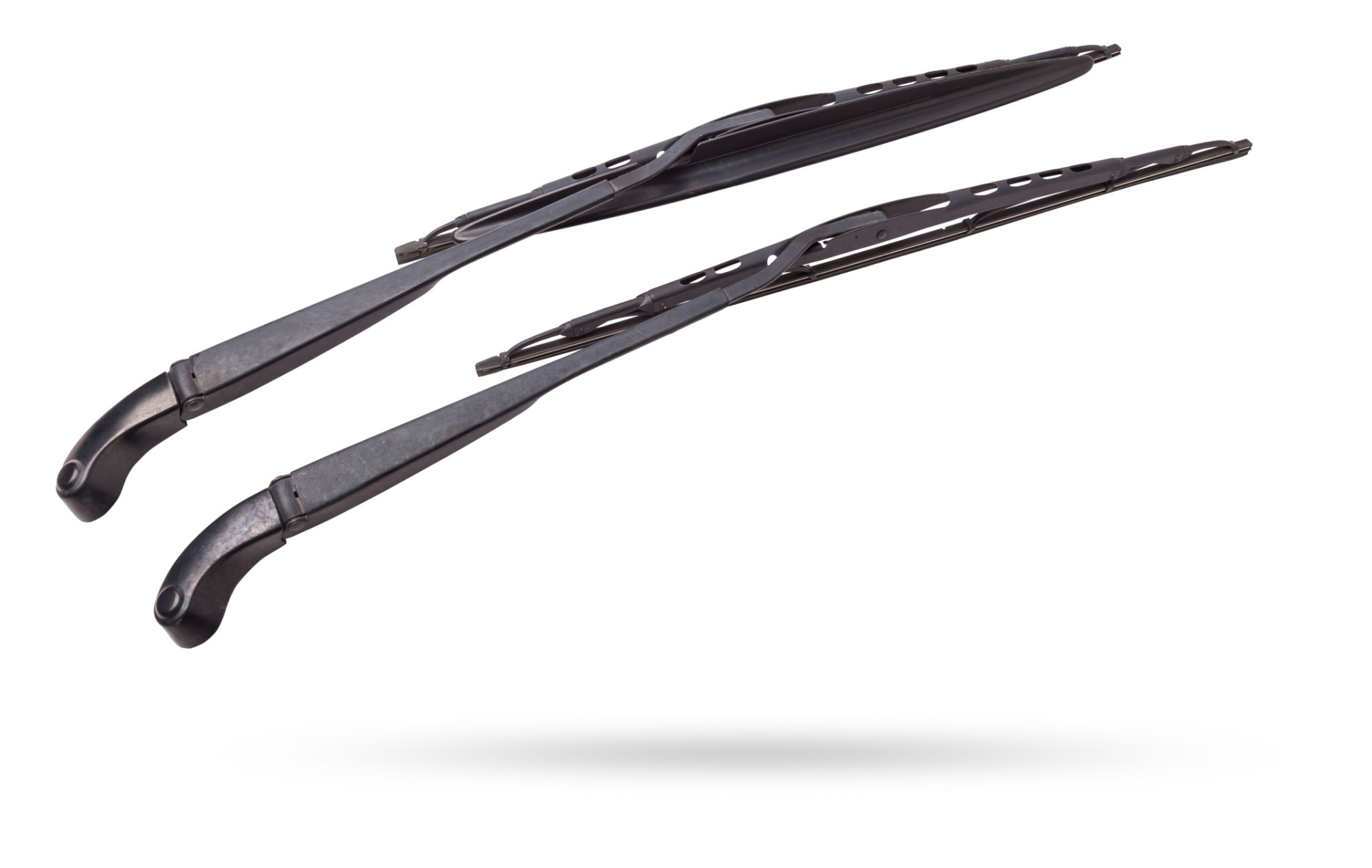Preparing Your Car for Maui's Rainy Season: Collision Prevention Tips
Understanding Maui's Rainy Season
Maui's rainy season typically spans from November to March, bringing frequent showers and unpredictable weather. While the island's lush landscapes thrive during this time, the increased rainfall can lead to slick roads and reduced visibility. Preparing your car for these conditions is essential to ensure safety and prevent accidents.
Driving in the rain requires extra caution and preparation. Whether you're a resident or a visitor, understanding how to equip your vehicle for Maui's rainy season can help you stay safe on the roads and avoid potential collisions.

Inspecting Your Tires
Your tires are your vehicle's primary contact with the road, making them crucial for traction and control in wet conditions. Regularly check your tire pressure to ensure it meets the manufacturer's recommended levels. Underinflated tires can reduce traction and increase the risk of hydroplaning.
Additionally, inspect the tread depth of your tires. Worn tires can significantly impair your vehicle's ability to grip wet roads. Consider replacing tires that have less than 2/32 of an inch of tread left to maintain optimal performance during the rainy season.
Maintaining Windshield Wipers
Clear visibility is vital when driving in rain, and functioning windshield wipers are a key component. Over time, wiper blades can wear out due to sun exposure and use. Inspect your wipers regularly for signs of cracking or stiffness, and replace them if they leave streaks or don't clear the windshield effectively.

Consider upgrading to high-performance wiper blades designed for heavy rain. This simple change can greatly enhance your ability to see during a downpour, reducing the likelihood of accidents.
Checking Your Vehicle's Lights
Increased rainfall often means reduced visibility not only for you but also for other drivers. Ensure all your vehicle's lights are functioning correctly, including headlights, taillights, brake lights, and turn signals. Clean any dirt or grime from the light covers to maximize brightness.
Using your headlights during rainy conditions is not only a legal requirement in many areas but also a practical way to make your vehicle more visible to others on the road. Remember to use low beams rather than high beams, which can cause glare and further decrease visibility for other drivers.

Brake System Evaluation
Your vehicle's brake system is another critical component that should be in top condition during the rainy season. Wet roads can increase stopping distances, so it's important that your brakes are responsive and reliable.
Have a professional inspect your brake pads, rotors, and fluid levels regularly. If you notice any unusual noises or a decrease in braking efficiency, address these issues promptly to avoid dangerous situations on slippery roads.
Adapting Your Driving Behavior
Even with a well-prepared vehicle, adjusting your driving behavior is essential during Maui's rainy season. Reduce your speed to accommodate for longer stopping distances and decreased visibility. Increase your following distance from other vehicles to allow more time to react in case of sudden stops.
Avoid sudden movements such as quick lane changes or abrupt braking, as these can lead to skidding or loss of control. By driving more cautiously, you can significantly reduce the risk of collisions in wet weather conditions.
By taking these proactive steps and remaining vigilant on the road, you can navigate Maui's rainy season with greater confidence and peace of mind. Remember, safety is always the priority when driving in challenging weather conditions.